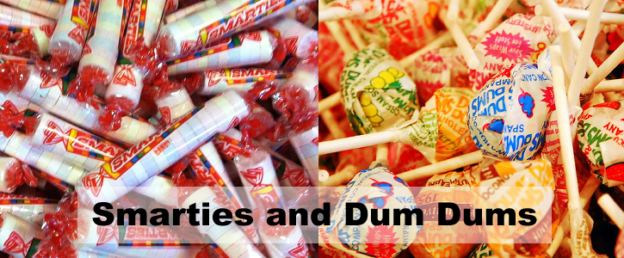As a graduate student at CUNY, I have the wonderful opportunity to be both a student in coursework and an undergraduate instructor at the same time. Reflecting back on this Spring 2020 semester, I found the transition to distance learning challenging and left much to be desired, including my attempts to convert activities from an in-person undergraduate Introductory Psychology course into an asynchronous online class.
Video conference software (e.g., Blackboard Collaborate Ultra and Cisco Webex, which CUNY currently has licenses for) can be used to deliver lectures and mimic direct-teaching actions (e.g., raise hand, screen share, emotes, polling, and chat). However, these functions are just not adequate to facilitate all of the originally planned in-class activities without making significant tweaks to accommodate the online learning platform and students’ access to resources. For example in the chapter on biological psychology, I intended the class to play the Action Potential Game designed by Jessica Koch to model how a neuron fires an action potential by having students race in teams to pass ping pong balls to model excitatory and inhibitory postsynaptic potentials, but this activity would be quite the challenge to do following social distancing protocols let alone online.
Instead, I attempted to incorporate some of the less physically demanding activities by using survey software (e.g., Qualtrics, Google Forms) to collect student responses in advance as part of asynchronous class work and share the results using spreadsheet software (e.g., Excel, Google Sheets) during the synchronous portion of class for further class discussion. The benefit of using Qualtrics is the automatic scoring function which will provide a “score” column in the data output, saving me from having to grade the responses myself. Note that in Qualtrics, some survey question types do not support the scoring function. Surveys can also be set up to show the answers to the scored question upon completion of the section or end of the survey to provide students with immediate feedback.
The following is a preview of my online adapted version of Gary Lewandowski’s Smarties and Dum Dums (2003) activity to illustrate the concept of internal validity and serve as a discussion starter on intelligence.
Preview of the adapted online Smarties and Dum Dums activity
In this activity, students choose a candy type to identify with (either Smarties or Dum Dums), take an “intelligence” test, and compare their results based on their candy preference. In the in-class version, students select the candy they prefer from a bag. This activity was assigned as asynchronous classwork for the chapter on intelligence in my Intro Psych course by posting the survey link to students on Blackboard. At this point, students have already covered the chapter on research methods and ethics (chapter prior to intelligence) and should be familiar with basic experimental design concepts. Hence, the inclusion of research related questions such as the identification of the independent and dependent variables, and stating the hypothesis and alternative hypothesis of this study as review. In the synchronous portion of class, students are shown the excel bar graph of the class results and draw false conclusions about the causal relationship between candy identification and scores on the “intelligence” test. Then we review student responses from the asynchronous portion, discuss the complication of examining multidimensional constructs such as intelligence, identify valid measures of constructs, and have students reflect on their understanding of intelligence.
Furthermore, the Smarties and Dum Dums activity provides students with the opportunity to discuss intelligence in the context of fixed and growth mindset and potentially transform thoughts about their own academic trajectories (Ober & Saltzman, 2017), where students who believe that intelligence can develop and change (growth mindset) are more likely to remain motivated when encountering failure compared to students who believe that intelligence is set and unchangeable (fixed mindset; Dweck, 2000).
Activities engage students in class material and help students establish connections between what they know and theories that they are learning about.
References
-
Carter, A. (Photographer). (2014, July 5). IMG_0256 (smarties candy) [photograph]. Retrieved from https://flic.kr/p/ogQap1
-
Dweck, C. S. (2000). Self-theories: Their role in motivation, personality, and development. Chicago, IL: Psychology Press.
-
Koch, J. (n.d.). Action potential game. Neuroscience for kids. Retrieved from https://faculty.washington.edu/chudler/chmodel.htm
-
Lewandowski, G. W., Jr. (2003, March). Classroom demonstration for teaching threats to internal validity. Poster presented at 17th Annual Meeting on Undergraduate Teaching of Psychology Ideas and Innovations, Ellenville, NY. Retrieved from http://www.teachpsychscience.org/files/pdf/56201061709AM_1.pdf
-
Ober, T., & Saltzman, E. (2017). Achieving Total Student Participation in Today’s Diverse College Classes. In R. Obeid, A. Schartz, C. Shane-Simpson, & P. J. Brooks (Eds.) How We Teach Now: The GSTA Guide to Student-Centered Teaching. Retrieved from the Society for the Teaching of Psychology website: https://teachpsych.org/ebooks/howweteachnow
-
Snodgrass, S. (Photographer). (2009, October 3). Dum-Dums [photograph]. Retrieved from https://flic.kr/p/75EEX
